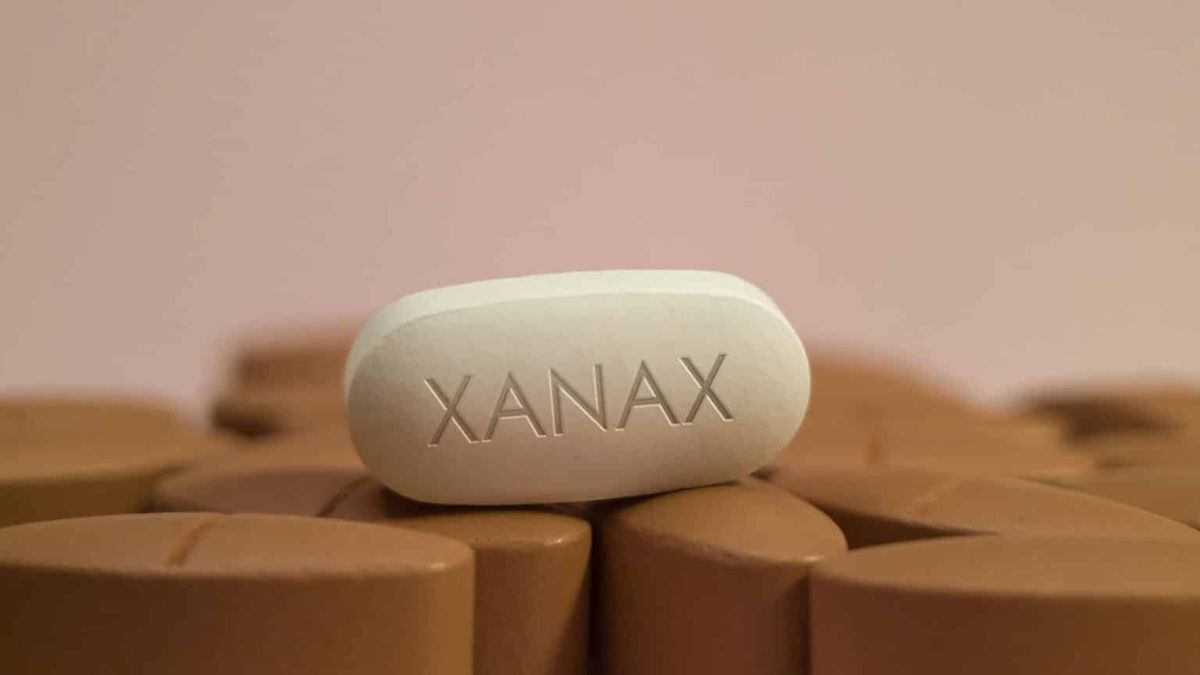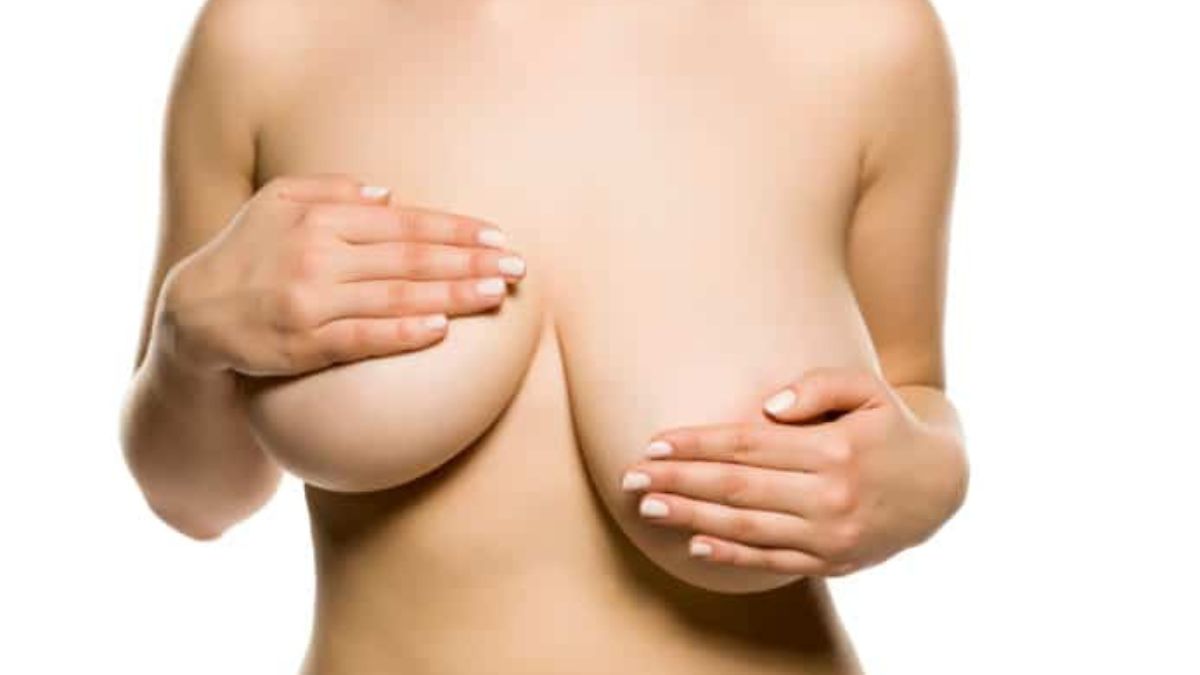Did you know that pumping breast milk not only offers convenience and flexibility but also provides an unexpected bonus?
That’s right — pumping milk can potentially contribute to burning extra calories and aiding in postpartum weight loss.
This article delves into the fascinating world of calorie burning through pumping.
We’ll explore the factors that influence the calorie-burning process, discuss the approximate number of calories burned during pumping sessions, and shed light on how pumping can play a role in your fitness journey as a breastfeeding parent!
The Energy Expenditure of Pumping
Breast pumping, just like breastfeeding, requires energy. This energy is derived from your food or stored fat, resulting in burned calories.
While many focus on the nutritional benefits of breast milk for the baby, it’s equally essential to understand how pumping impacts the mother’s energy expenditure and calorie consumption.
The Science Behind Pumping and Calorie Expenditure
The energy required to produce breast milk doesn’t spontaneously materialize in your breasts; it comes from your food intake or fat reserves.
Each ounce of breast milk contains approximately 20 calories. If you’re exclusively pumping, you can easily calculate your calorie expenditure:
Calculating Calories Burned from Pumping
To calculate the calories burned during breast pumping, you need to know how much milk you produce per day.
Here’s a simple formula to follow:
(# of ounces * 20) = Total Calories in Breast Milk
For instance, if you pump 20 ounces of milk in a day, you burn approximately 400 calories.
However, this calculation doesn’t account for the energy your body uses to produce milk.
The total calories burned while pumping are the calories in the milk plus the energy used to produce the milk.
The production efficiency for breast milk production is around 80% of the energy in the milk itself.
This means that 80% of the energy required to produce breast milk ends up in the milk, while 20% is used by your body to make the milk.
To account for production efficiency, here’s a more precise formula:
(# of ounces * 20) / 0.8 = Total Breastfeeding Calories Burned
For example, if you pump 20 ounces over a day:
(20 ounces * 20 calories) / 0.8 = 500 total breastfeeding calories
This calculation indicates that your body devoted 500 calories to making breast milk.
Out of that, 400 calories made it into the milk, while 100 calories were used by your body to produce the milk.
Does Pumping Burn the Same Amount of Calories as Nursing?
You burn similar calories if you produce the same amount of breast milk through pumping as you do through nursing.
However, the calorie burn can differ based on how well your body responds to the pump and how much milk you produce.
For instance, if you have an oversupply and you’re exclusively pumping, you’re burning more calories than you would if you were nursing simply because you’re producing more milk than your baby would typically consume.
Factors Influencing Calorie Burn During Breast Pumping
Several factors can influence how many calories you burn while pumping. Some of these include:
- Quantity of Milk Produced: The more milk you produce, the more calories you burn. It’s as simple as that. If you have an oversupply, you’ll burn more calories than if your milk supply is just enough for your baby’s needs.
- Efficiency of the Breast Pump: A good quality breast pump can stimulate more milk production, leading to more calories being burned.
- Frequency of Pumping: Pumping more frequently can also lead to higher milk production and a higher calorie burn.
- Age of the Baby: As your baby grows and requires more milk, your body will naturally produce more, leading to more calories burned.
- Overall Health and Metabolism: Every person is different, and your overall health and metabolism can affect how many calories you burn while pumping.
How Many Calories Does Breast Pumping Burn?
The number of calories burned by pumping can vary greatly from person to person and depends on the abovementioned factors.
However, on average, most mothers can expect to burn around 500 additional calories daily while pumping.
Can Pumping Help with Weight Loss?
Yes, pumping breast milk can contribute to weight loss. The act of producing and expressing milk requires energy, which results in calories being burned.
This, combined with a balanced diet and regular physical activity, can help nursing mothers lose the extra weight gained during pregnancy.
However, it’s important to note that weight loss should be gradual and not compromise the nutritional quality of breast milk.
Extreme or rapid weight loss can negatively impact your milk supply and overall health.
Does Pumping Make You Feel Hungry?
Pumping, just like breastfeeding, can increase your hunger. This is because your body uses up energy to produce milk, which can trigger hunger pangs.
It’s crucial to listen to your body and fuel it with nutrient-dense foods to ensure you’re meeting your body’s energy demands.
Frequently Asked Questions (FAQs)
How many calories do you burn pumping breast milk for 20 minutes?
On average, pumping breast milk can burn approximately 100-300 calories per hour.
Does pumping burn as much calories as breastfeeding?
Pumping milk can indeed burn the same amount of calories as nursing. On average, pumping milk can burn anywhere from 200 to 600 calories daily.
Will I lose more weight if I pump more milk?
The amount of weight you may lose through pumping milk is not directly proportional to the quantity of milk pumped. Weight loss is primarily influenced by factors such as overall caloric intake, physical activity, and individual metabolism. While pumping milk can contribute to calorie expenditure, it is important to maintain a balanced diet and engage in regular exercise to support healthy weight loss.
How much milk is normal to pump in 20 minutes?
On average, a breastfeeding mother can pump between .5-4 ounces of milk in a 20-minute pumping session. However, milk production is highly individual and can be influenced by factors such as milk supply, breast storage capacity, hydration, and pumping technique. Some mothers may be able to pump more milk in this timeframe, while others may pump less.
Wrapping it Up
Understanding the calories burned by pumping can help nursing mothers make informed decisions about their diet and weight loss goals.
However, it’s important to remember that everyone is different, and what works for one may not.
Remember, the primary goal of pumping is to provide nutritious milk for your baby.
While the calorie burn is a bonus, it should not be the focus. After all, nourishing your little one is worth every calorie expended!
Disclaimer: The information provided here is for informational purposes only. Always consult a healthcare provider for personalized advice.
References
- Martin, C. R., Ling, P. R., & Blackburn, G. L. (2016). Review of Infant Feeding: Key Features of Breast Milk and Infant Formula. Nutrients, 8(5), 279. https://doi.org/10.3390/nu8050279








